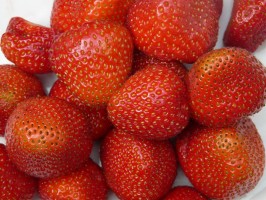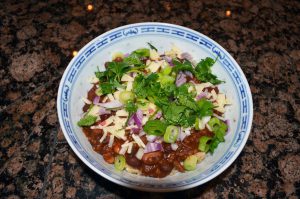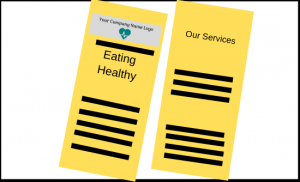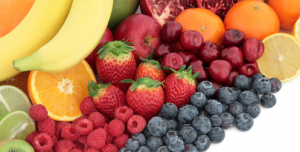
Three Superfood Tips for Healthier Meal Plans
These three superfood tips can improve your meal planning Superfood is a catch all term for foods high in antioxidants, nutrients and vitamins. Superfood groups

These three superfood tips can improve your meal planning Superfood is a catch all term for foods high in antioxidants, nutrients and vitamins. Superfood groups

Good Vegetarian Chili is Possible It has been said that good vegetarian chili is impossible. But nothing makes me crave chili more than a cold

Announcing Our Nutrition Maker Software Upgrade Interface! It’s here! The Nutrition Maker Software upgrade interface package. Our flagship program for Dietitians and Nutritionists has undergone

Establishing solid Dietitian referral sources will build your client census and create more revenue Starting your own dietitian business can have many challenges. One primary

Plant Based Diets and Health The popularity of plant based diets is growing in the US and many other countries. Recent studies presented to the
Home » Blog

These three superfood tips can improve your meal planning Superfood is a catch all term for foods high in antioxidants, nutrients and vitamins. Superfood groups

Good Vegetarian Chili is Possible It has been said that good vegetarian chili is impossible. But nothing makes me crave chili more than a cold

Announcing Our Nutrition Maker Software Upgrade Interface! It’s here! The Nutrition Maker Software upgrade interface package. Our flagship program for Dietitians and Nutritionists has undergone

Establishing solid Dietitian referral sources will build your client census and create more revenue Starting your own dietitian business can have many challenges. One primary

Plant Based Diets and Health The popularity of plant based diets is growing in the US and many other countries. Recent studies presented to the